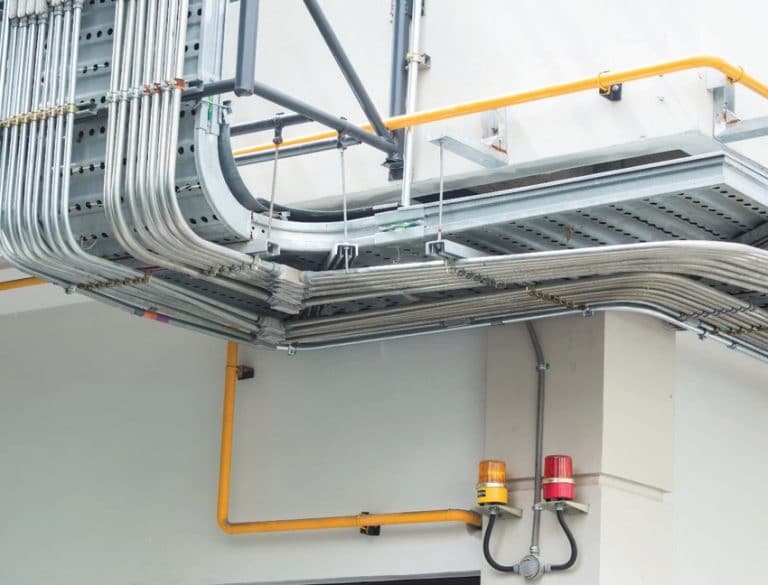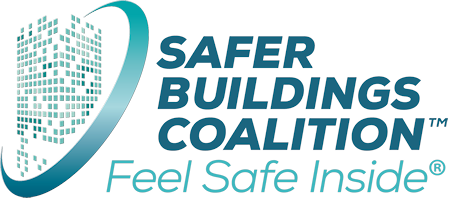Good Bones: The ROI of Great Comms Infrastructure
By John Foley, SBC Managing Director Posted on September 12, 2019
At the heart of almost every current and future PropTech and CRE Communications system are common physical assets:
These are your bones, and bones are everything. You can think of the in-building systems that ride on these bones as over the top applications:
THE EVOLVING ROLE OF PUBLIC SAFETY COMMUNICATIONS INFRASTRUCTURE Public Safety infrastructure such as the requirements in the International Fire Code (IFC) section 510, or NFPA 1, 72 and 1221 that require Public Safety / First Responder Radio signals to have adequate coverage inside buildings are being rapidly adopted and enforced nationwide, especially in heavy growth markets like Florida, California, Texas, Georgia, Colorado and others. The relative lack of awareness of these requirements creates an “unfunded mandate” that property owners and developers must address. This is where smart, advance planning can take advantage of this mandated investment to ensure that the capital required to deploy the public safety systems is versatile and capable of supporting multiple platforms. COMMON COMMS INFRASTRUCTURE CHALLENGES New building designs and budget reductions are usually “value engineered” to reduce items like:
Budget designs are based on new installations for low voltage. Often not captured are the requirements to bring the old cabling and infrastructure up to NEC code. Existing cabling/work outlets are less than adequate to support a higher-speed network. Among the challenges:
THE COMMUNICATIONS MASTER PLAN – IT’S ALL ABOUT COMMUNICATING “An enterprise’s most vital ability to support technologies is to establish standards and use those standards throughout the process of pre-design, design and implementation to assure sustainability and functionality,” says Mark Reynolds, Associate Director for IT at the University of New Mexico. The University established Master Planning requirements early in the 2000s that considers future-readiness, design and construction. Stakeholders include Facilities, Planning Design, Architectural, Safety and Risk Services, and Information Technology (IT standards and Design Guidelines and Specifications). The University makes its Plan sharable online here: https://pdc.unm.edu/assets/documents/ConsolidateMP_Part1and2.pdf. The Plan guides stakeholders in the early phases of new construction and remodeling and establishes budgets for buildings and appropriations for these funds. Specifically for IT, these guidelines (http://cio.unm.edu/standards/index.html) are important to create the “Good Bones” and enhance the efficiencies, reduce spending and create a foundation for every project while ensuring future readiness and future cost efficiencies. NEXT STEPS For more news and guidance on Public Safety Communications Requirements, visit www.saferbuildings.org. As always, check with your local code official, who may put limits or conditions on sharing infrastructure between Public Safety and other building systems.
|

